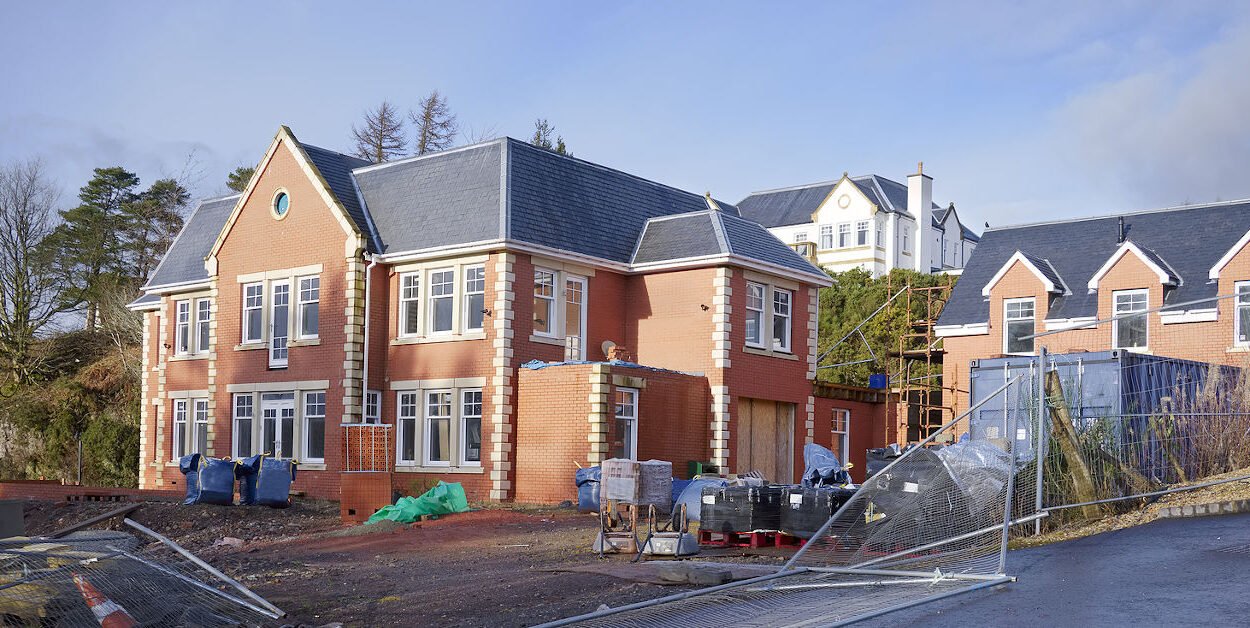If you’ve been publishing blog posts and still struggling to generate inbound leads, you’re not alone. The truth is, most real estate blogs aren’t designed to attract — or convert — anyone.
But when done right, blogging is a powerful part of real estate SEO. With the right strategy, each blog post becomes a 24/7 lead magnet.
Here’s how to write content that actually brings in results.
1. Choose the Right Topics (That People Are Searching For)
You’re not writing for fun — you’re writing to rank. That means picking topics people are actively Googling.
Use keyword tools and autocomplete to find real search terms like:
-
“Best neighborhoods in [City] for families”
-
“How to buy a home as a first-time buyer”
-
“Pros and cons of new construction homes”
When you optimize your blog around SEO for real estate companies, you tap into buyer and seller intent early in their decision-making process.
2. Use SEO Best Practices Without Sacrificing Readability
Here’s where many real estate blogs go wrong: they keyword-stuff their content and make it unreadable. Google’s smarter than that — and so are your readers.
Make sure your content includes:
-
One target keyword
-
Variations of that keyword
-
Internal links to other pages
-
Short paragraphs, bullet points, and subheadings
If you’re unsure, consult with a real estate SEO expert to fine-tune your content layout and keyword density.
3. Hyperlocal = Hyper Valuable
Don’t just write about real estate in general. Create content focused on your neighborhoods, streets, and towns.
Hyperlocal content ideas:
-
“Top 5 parks in [neighborhood]”
-
“Schools in [area] ranked by test scores”
-
“Why people are moving to [zip code] in 2025”
This type of content helps you win long-tail rankings and build trust as the local expert — a key advantage in SEO real estate marketing.
4. Solve Real Problems With Real Answers
Great blog content solves your audience’s actual problems. Think beyond listings. What are your ideal clients asking?
Examples:
-
“Is now a good time to sell?”
-
“What’s a 2-1 buydown?”
-
“How do I qualify for an FHA loan?”
Answering these questions in a clear, non-salesy way builds authority — and keeps people coming back.
5. Add a Call-to-Action (CTA) That’s Actually Useful
Too many real estate blogs end with something vague like: “Contact us today!”
Instead, use CTAs that add value, such as:
-
“Download our First-Time Buyer Checklist”
-
“See the newest listings in [neighborhood]”
-
“Get your free home valuation here”
When tied into your broader SEO for real estate websites plan, these actions can trigger lead generation from blog traffic.
6. Post Consistently and Track Results
SEO blogging isn’t a one-time push. It’s a long-term strategy. Aim for 2–4 posts per month, and use tools like Google Search Console to monitor which posts are bringing traffic.
Double down on what’s working. Repurpose high-performing posts into:
-
Videos
-
Infographics
-
Social media carousels
This maximizes your reach without needing brand-new content each time.
Final Thought
Blogging isn’t just content — it’s lead generation in disguise. And when done correctly, it becomes one of the most powerful tools in your real estate SEO services arsenal.
Need help creating content that ranks and converts? Partner with a seasoned real estate SEO agency that knows how to get your blog working for you.

